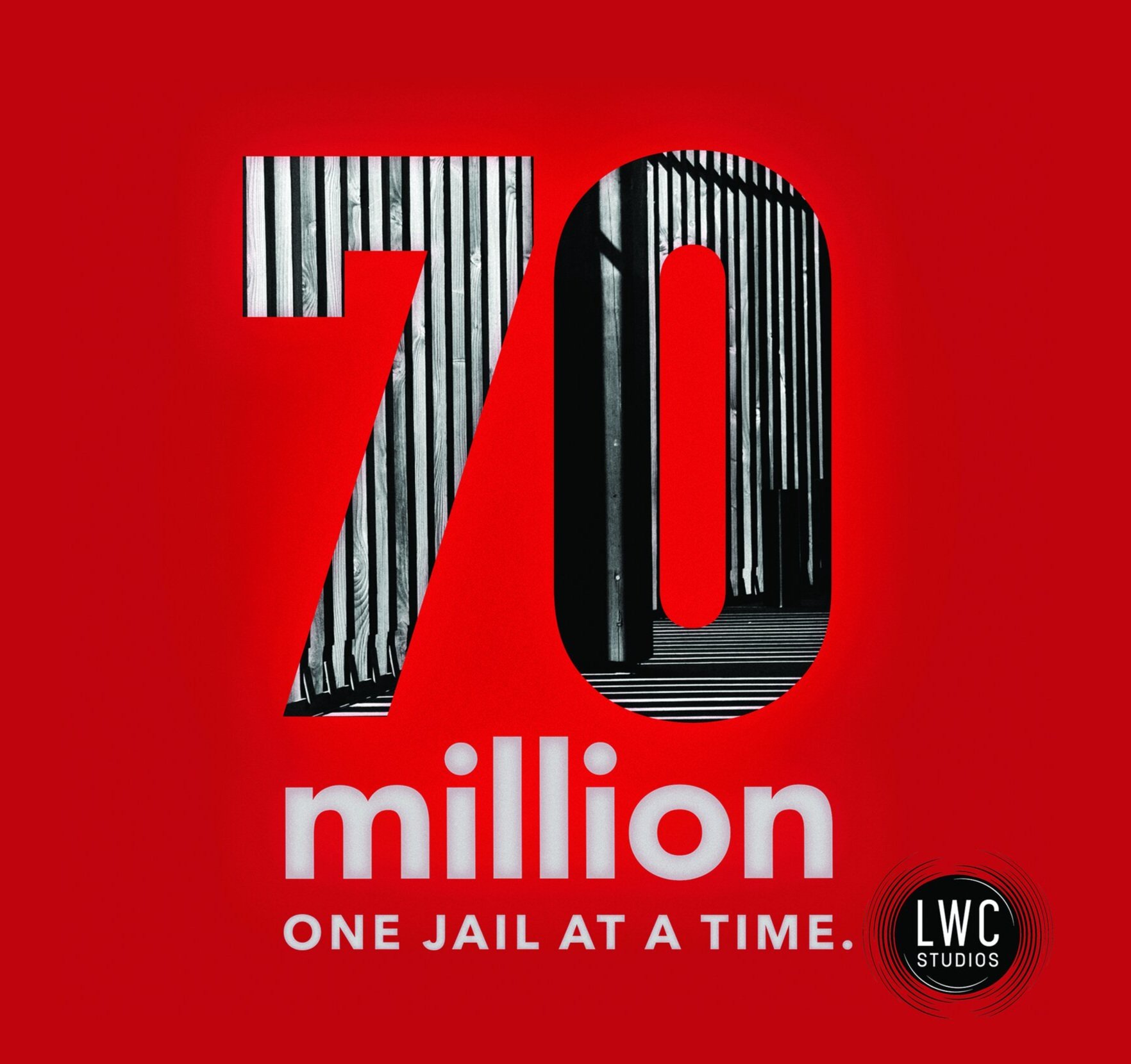SEASON 3, EPISODE 10
WHERE THE COVID-19 PANDEMIC MIGHT FINALLY IGNITE CHANGE IN THE BAIL BONDS SYSTEM
Anthony Swain outside his home, where he is currently on house arrest. His home is being renovated to adjust to his disability. Photo By: Maria Alejandra Cardona.
11.16.20
When jails across the country began releasing thousands of people amid the COVID-19 outbreak earlier this year, and mass demonstrations against police brutality brought millions out of their homes, criminal reform advocates wondered if they'd finally see significant and lasting reform. Journalist Renata Sago reports on two Florida jails that are having very different responses to the possibility of change.
SEASON 3, EPISODE 9
WHERE HOUSING, NOT JAILS, IS THE ANSWER TO HOMELESSNESS
Karen Downard of West Angeles Community Development Corporation. Los Angeles, California. Photo By: Courtney Coles.
11.09.20
In California, so-called quality of life laws criminalize panhandling, living in cars, and blocking sidewalks. Reporter Sarah McClure chronicles how arresting homeless individuals entangles them in a cycle of poverty and incarceration—and how three groups are breaking the cycle.
This episode talks about some troubling details, which involve gun violence. Some listeners may find it disturbing.
SEASON 3, EPISODE 8
ON TRIBAL LAND, BANISHMENT, REHABILITATION AND RE-ENTRY ADD UP TO JUSTICE
Joe Asuluk (second from left and Charles Moses (fourth form left) join other men and women from their community in Toksook Bay’s multipurpose building. Photo by Josh Corbett.
11.02.20
In Alaska, rising violent crime and substance abuse across the state have also increased incarceration rates among Native Americans. Making use of their legal sovereignty, some Alaska Native leaders issue “blue tickets,” documents that sentence offenders to legal expulsion. Journalist Emily Schwing reports on the consequences and cultural impact of banishment from Toksook Bay. Special thanks to Vanessa Lincoln for simultaneous interpretation and transcription for this episode.
SEASON 3, EPISODE 7
WHERE HEP C REMAINS UNTREATED FOR THOSE IN CUSTODY
Jamila Johnson is the Managing Attorney for the Promise of Justice Initiative where she leads the Jim Crow Juries Project. She is pictured here at Clay Square in New Orleans. Photo by Zelena Williams.
10.26.20
Sean Wesley knew he had Hepatitis C when he started serving his prison sentence in Louisiana, and spent years trying to get treatment. Despite an innovative arrangement between a drug manufacturer and the state's Department of Corrections, he was transferred from facility to facility, and even finished his sentence, without ever receiving proper care. Reporter Xander Adams looks into why.
SEASON 3, EPISODE 6
NO LONGER WAITING FOR TOP-DOWN REFORM
Local activist and healthcare worker Savannah Elridge pictured outside of the John P. McGovern Texas Medical Center in Houston, Texas. Photo by Christopher Rojas.
10.19.20
Over the past few years, voters across the U.S.have elected prosecutors who promised to implement much-needed criminal justice reforms, from decriminalizing marijuana to ending cash bail. Journalist Ruxandra Guidi revisits her reporting on the election of a new prosecutor in Houston two years ago, and chronicles how activists, relatives of incarcerated people, and local residents are changing strategies and pushing for reform.
SEASON 3, EPISODE 5
A SPECIAL COURT KEEPING NATIVE AMERICANS OUT OF JAIL
Courtroom chairs set up in a circle for the Healing to Wellness session that morning. Photo by Greta Rybus.
10.12.20
Kirsten made her way out of jail and addiction with the help of a special court on the Penobscot Nation reservation in Maine. There, culture and justice work together to bypass traditional punitive measures for more restorative ones. Reporter Lisa Bartfai visits the Healing to Wellness Court to see how it all works.
SEASON 3, EPISODE 4
HOW THE ASYLUM PROCESS BECAME ANOTHER CARCERAL MATRIX
Back in Guatemala, María and her niece have returned to an environment where they say their lives are in danger. Photo by Grecia Ortiz.
10.05.20
The Trump administration has issued numerous policies to systematically dismantle asylum as a legal right. They're also locking up asylum seekers for months or years, until they either win their case, are returned to their home countries, or self deport. Reporters Valeria Fernández and Jude Joffe-Block follow two asylum seekers as they endure detention, legal cases, and family separation in the US, where they sought refuge.
Thank you to Maria and Ansly for sharing their stories with us.
This episode discusses troubling details, involving violence. Some listeners may find it disturbing.
SEASON 3, EPISODE 3
WHY DETROIT MIGHT BE THE TRUE TEST OF WHETHER MORE CAMERAS MAKE CITIES SAFER
Security camera on the side of the First National Building in Downtown Detroit owned by Dan Gilbert. Photo by Nick Hagen.
9.28.20
Reporter Sonia Paul takes us to Detroit, where 80% of residents are Black, and examines the tools, models and methods changing the nature of policing in the city — from the rise of live-streamed surveillance to facial recognition technology. She investigates their impact on residents, and implications for overpoliced communities of color across the country.
SEASON 3, EPISODE 2
VOTING FROM JAIL IS A RIGHT, AND NOW A REALITY IN CHICAGO
Talman Anderson votes in the Illinois presidential preference primary from the Cook County Jail. Photo by Pamela Kirkland.
9.21.20
A year ago, Illinois passed a law requiring all jails to ensure that pre-trial detainees have an opportunity to vote. Chicago’s Cook County Jail was turned into a polling place during the 2019 primaries. Sheriff Tom Dart is an enthusiastic supporter of the program. And advocates like Amani Sawari are working to ensure voters in custody are informed and prepared to vote in the upcoming election. Pamela Kirkland reports.
SEASON 3, EPISODE 1
COVID-19 MAKES DECIDING WHO GETS OUT OF JAIL URGENT
Cassandra Greer, center, stands with fellow supporters and protesters in front of the Cook County Jail. Photo by Olivia Obineme.
9.14.20
James Howard III was arrested this spring and sent to Chicago’s Cook County Jail a few weeks into the state's coronavirus lockdown. Crowded, unsanitary, and with little means of social distancing, the single-site jail experienced a rapid outbreak of COVID-19. Mark Betancourt reports on the unprecedented steps officials took to control the outbreak, and the urgent attempts of families to keep their loved ones safe.











